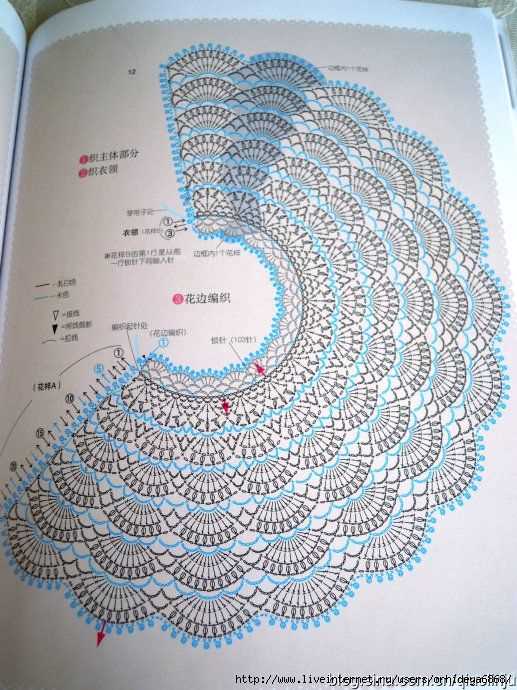
Shawls are a versatile accessory that can add a touch of elegance and warmth to any outfit. They come in various shapes and sizes, and one of the ways to make a shawl unique is by adding a knitted edging. Knitted edgings can be simple or intricate, and they can greatly enhance the overall design of the shawl.
There are numerous patterns available for knitted edgings, making it easy for knitters of all skill levels to find a design that suits their taste. From delicate lace to bold cables, there is a wide range of options to choose from. Whether you are looking to add a feminine touch or a decorative flair, there is a knitted edging pattern that will complement your shawl perfectly.
Knitted edgings can be attached to the edge of the shawl during the knitting process, or they can be added later as a finishing touch. They can be worked seamlessly, or they can be done as individual motifs that are then sewn onto the shawl. The choice depends on the desired look and the knitter’s preference.
In this article, we will explore some of the most popular knitted edging patterns for shawls. We will discuss the techniques used to create each pattern and provide detailed instructions for knitters to follow. Whether you are a beginner or an experienced knitter, these edging patterns will inspire you to add a touch of creativity to your next shawl project.
The Importance of Finding the Perfect Edging Pattern
When it comes to knitting shawls, the edging pattern can make all the difference. It adds the finishing touch to the shawl, enhances its overall design, and can even change the entire look and feel of the garment. That’s why finding the perfect edging pattern is so important.
Aesthetics: One of the main reasons why the edging pattern is crucial is because it can greatly impact the aesthetic appeal of the shawl. Different edging patterns can create various visual effects, such as lace, scallops, picots, or ruffles. The choice of pattern should complement the overall design and style of the shawl, creating a cohesive and harmonious look.
Functionality: The edging pattern also serves a practical purpose. It provides structure and stability to the shawl, preventing it from curling or losing its shape. Additionally, certain edging patterns can add extra warmth and insulation to the garment, making it more suitable for different seasons or climates.
Personalization: The edging pattern allows for personalization and customization. Knitters can choose from a wide range of patterns to match their own preferences and style. Whether it’s a delicate and feminine lace pattern, a bold and geometric design, or a simple and classic edging, the choices are endless. The right edging pattern can reflect the knitter’s personality and create a unique and individual piece.
Difficulty Level: Lastly, the right edging pattern should also match the knitter’s skill level. Some patterns require more advanced techniques and stitches, while others are more suitable for beginners. It’s important to find a pattern that the knitter feels comfortable with, ensuring an enjoyable knitting experience and a beautiful end result.
In conclusion, the edging pattern plays a crucial role in the overall look, function, and personalization of a knitted shawl. It is important to take the time to find the perfect edging pattern that complements the design, provides the desired aesthetics, and matches the knitter’s skill level. With the right edging pattern, a shawl can truly become a work of art.
Choosing the right yarn for your knitted shawl
When it comes to knitting a shawl, one of the most important decisions you’ll make is choosing the right yarn. The yarn you select will have a significant impact on the look, feel, and drape of your finished shawl. Here are some considerations to keep in mind when making your yarn choice:
Fiber content:
The first thing to consider is the fiber content of the yarn. Different fibers have different properties, so think about what you want your shawl to be like. For example, if you’re looking for warmth and softness, you might choose a yarn made from alpaca or merino wool. If you want a lightweight and breathable shawl, you might opt for a cotton or linen blend. Each fiber has its own unique characteristics and will create a different effect in your finished shawl.
Yarn weight:
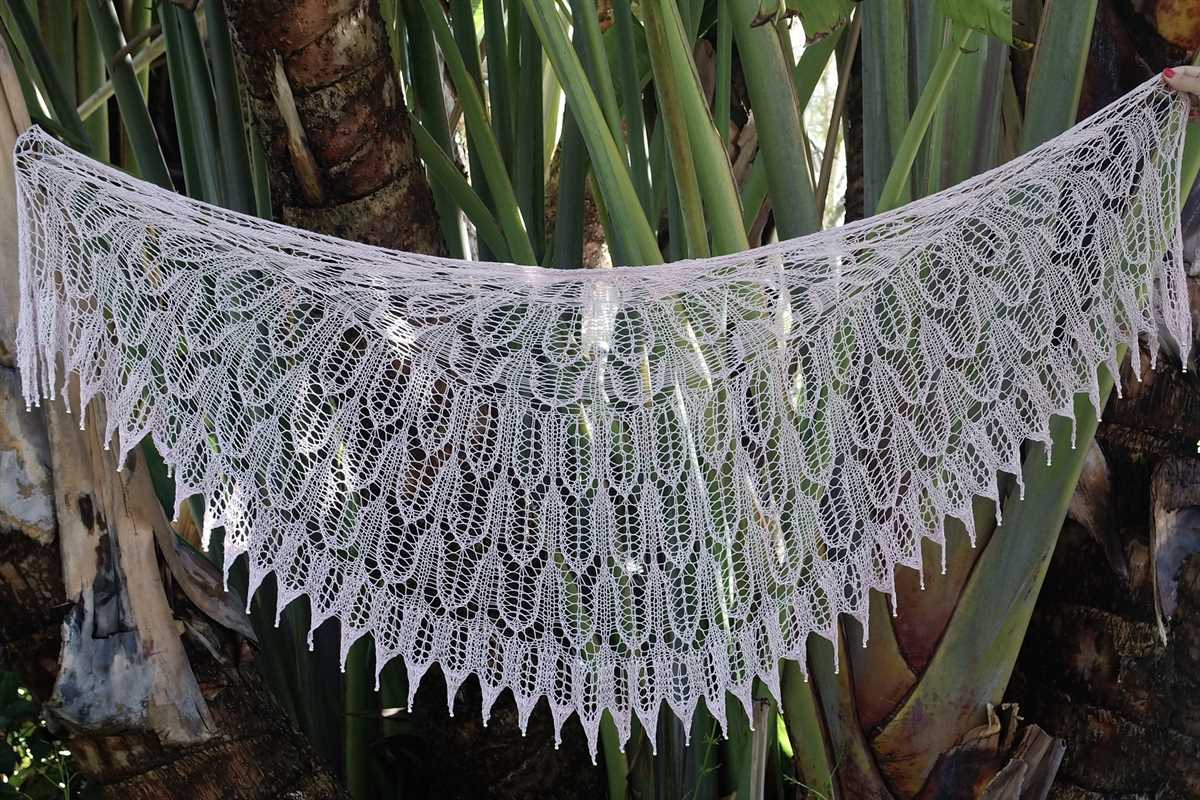
The weight of the yarn will also play a role in the final look and feel of your shawl. Yarns come in different weights, from lace to bulky. Thinner yarns will create a more delicate and lightweight shawl, while thicker yarns will result in a bulkier and warmer shawl. Consider the pattern you’re using and the desired outcome when selecting the weight of your yarn.
Color and texture:
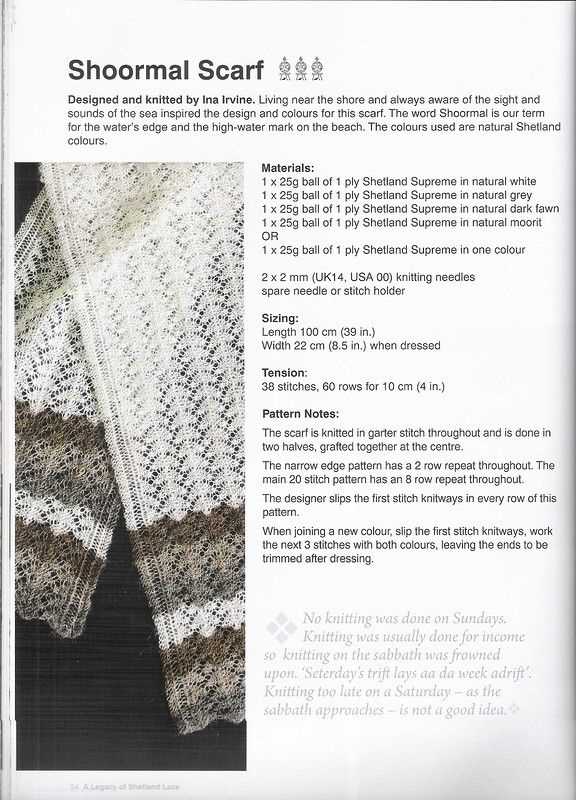
Lastly, think about the color and texture of the yarn. The color can enhance the design of your shawl and highlight certain stitch patterns or edgings. Whether you choose a solid color or a variegated yarn, make sure it complements your personal style and the overall aesthetic you’re going for. Texture is also important, as it can add depth and interest to your shawl. Consider whether you want a smooth and even texture or a more textured yarn with bumps and slubs.
- Consider the fiber content, as different fibers will create different effects in your shawl.
- Choose a yarn weight that aligns with your desired outcome and the pattern you’re using.
- Take into account the color and texture of the yarn, aiming for a result that complements your personal style and the overall aesthetic of your shawl.
By carefully considering these factors, you’ll be able to choose the perfect yarn for your knitted shawl, resulting in a finished piece that is both beautiful and functional.
Considerations for selecting yarn weight and fiber content
Introduction
When choosing yarn for knitting shawl edgings, there are several important factors to consider: yarn weight and fiber content. These choices will greatly impact the final look and feel of your shawl, as well as its overall drape and durability. It’s important to understand the characteristics of different yarn weights and fiber types in order to make the best choice for your project.
Yarn Weight
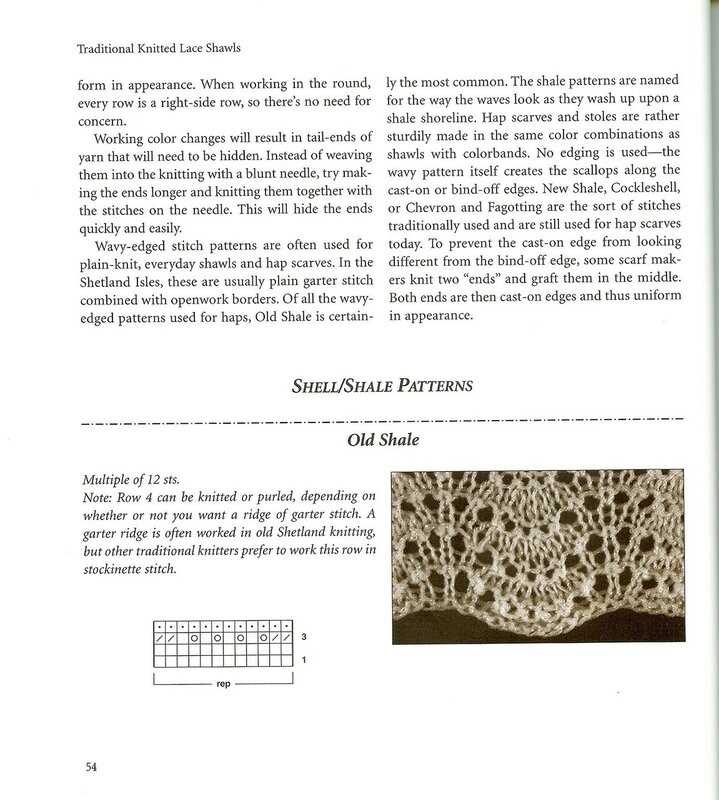
The weight of the yarn refers to its thickness or diameter. Common yarn weights for shawls range from lace weight to bulky. Lace weight yarn is very fine and delicate, perfect for creating intricate and lightweight shawl edgings. Lighter weight yarns, such as fingering or sport weight, can also be used for finer, more delicate designs. On the other hand, if you prefer a more substantial and cozy shawl, you may opt for a heavier weight yarn like worsted or bulky. The weight of the yarn will affect not only the look of the edging but also the time it takes to complete the project.
Fiber Content
The fiber content of the yarn is another important consideration when selecting yarn for shawl edgings. Different fibers have different properties and characteristics that can greatly impact the final appearance and performance of your shawl. Common natural fibers used for shawls include wool, alpaca, silk, and cotton. Each fiber has its own unique qualities, such as warmth, softness, drape, and breathability. Additionally, synthetic fibers like acrylic or nylon can provide durability and ease of care. Consider the desired properties of your shawl, as well as any personal preferences or allergies, when choosing the fiber content of your yarn.
In conclusion, the choice of yarn weight and fiber content will greatly influence the final outcome of your knitted shawl edging. Take into account the desired look, feel, and performance of your shawl, as well as personal preferences, when making these decisions. Experimenting with different yarn weights and fiber types can yield unique and beautiful results, so don’t be afraid to try new things and explore the world of knitting possibilities!
Basic Knitted Edging Patterns for Beginners
If you are new to knitting and want to add a decorative touch to your shawls, learning some basic edging patterns is a great place to start. These patterns are simple enough for beginners to follow and can be easily incorporated into your projects.
One of the easiest edging patterns for beginners is the garter stitch. To create this pattern, all you need to do is knit every stitch on every row. The result is a simple, textured border that adds a nice finishing touch to your shawl.
For those looking for a bit more variety, the seed stitch pattern is another great option. This pattern alternates between knitting and purling stitches in a specific sequence, creating a bumpy texture. It is easy to memorize and gives your shawl a classic, timeless look.
If you want to add a touch of elegance to your shawl, the picot stitch is a great choice. This edging pattern creates small loops along the edge of your shawl, giving it a delicate and feminine touch. The picot stitch is created by knitting a few stitches, then binding off a stitch, and repeating this pattern until you reach the desired length.
Another popular edging pattern for shawls is the lace stitch. This pattern creates an intricate, lacy border that adds a beautiful and feminine touch to your shawl. Although lace patterns may seem intimidating at first, there are many beginner-friendly lace patterns available that are easy to follow.
Lastly, if you want to add some visual interest to your shawl, the cable stitch is a great option. While cables may seem challenging, there are simple cable patterns that even beginners can master. Cables create a twisted, braided effect that adds depth and texture to your shawl.
Overall, these basic knitted edging patterns are perfect for beginners who want to add a decorative touch to their shawls. Whether you choose the garter stitch, seed stitch, picot stitch, lace stitch, or cable stitch, practicing these patterns will help you develop your knitting skills and create beautiful shawls with unique, personalized borders.
Simple patterns to start your shawl edging journey
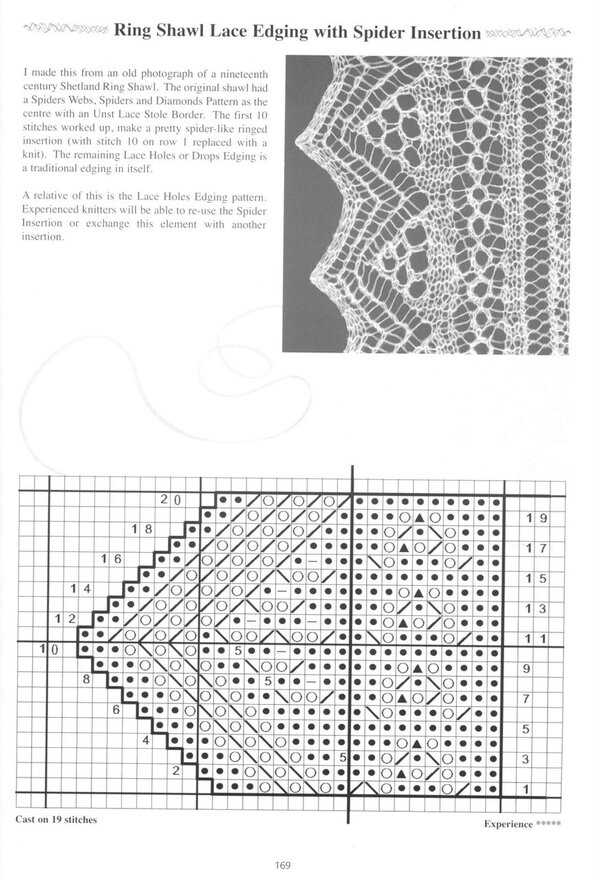
When it comes to adding a knitted edging to your shawl, starting with a simple pattern is a great way to gain confidence and master the technique. Here are a few easy patterns that are perfect for beginners:
Garter Stitch Border
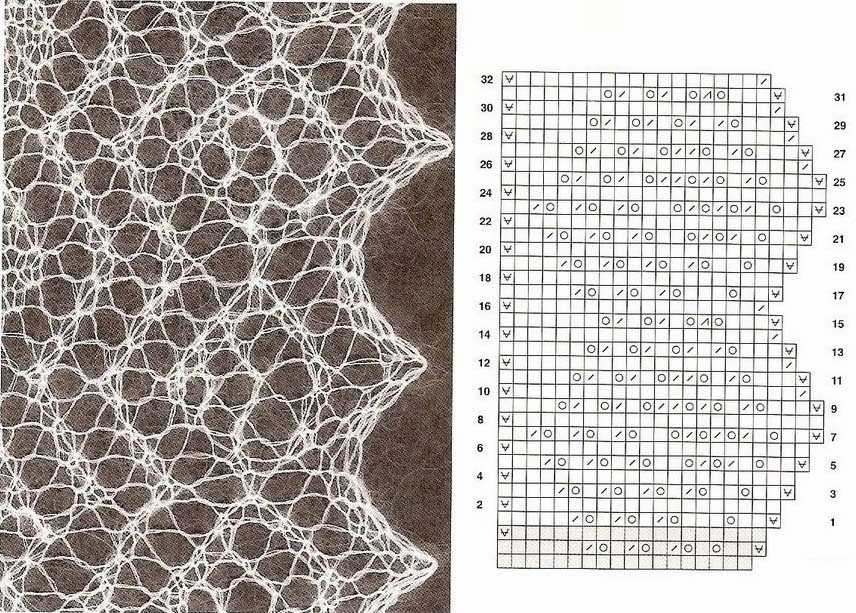
The garter stitch border is a classic choice for shawls. It is easy to knit and adds a clean and simple finish to your project. To create this pattern, simply knit every row for a few inches before binding off. You can customize the width of the border to your liking.
Seed Stitch Edging
The seed stitch is another easy pattern that adds texture and interest to your shawl. To create this pattern, alternate between knitting and purling every stitch in each row. The result is a bumpy texture that adds a beautiful touch to your shawl’s edge. You can experiment with different sizes for the seed stitch to achieve the desired effect.
Lace Border
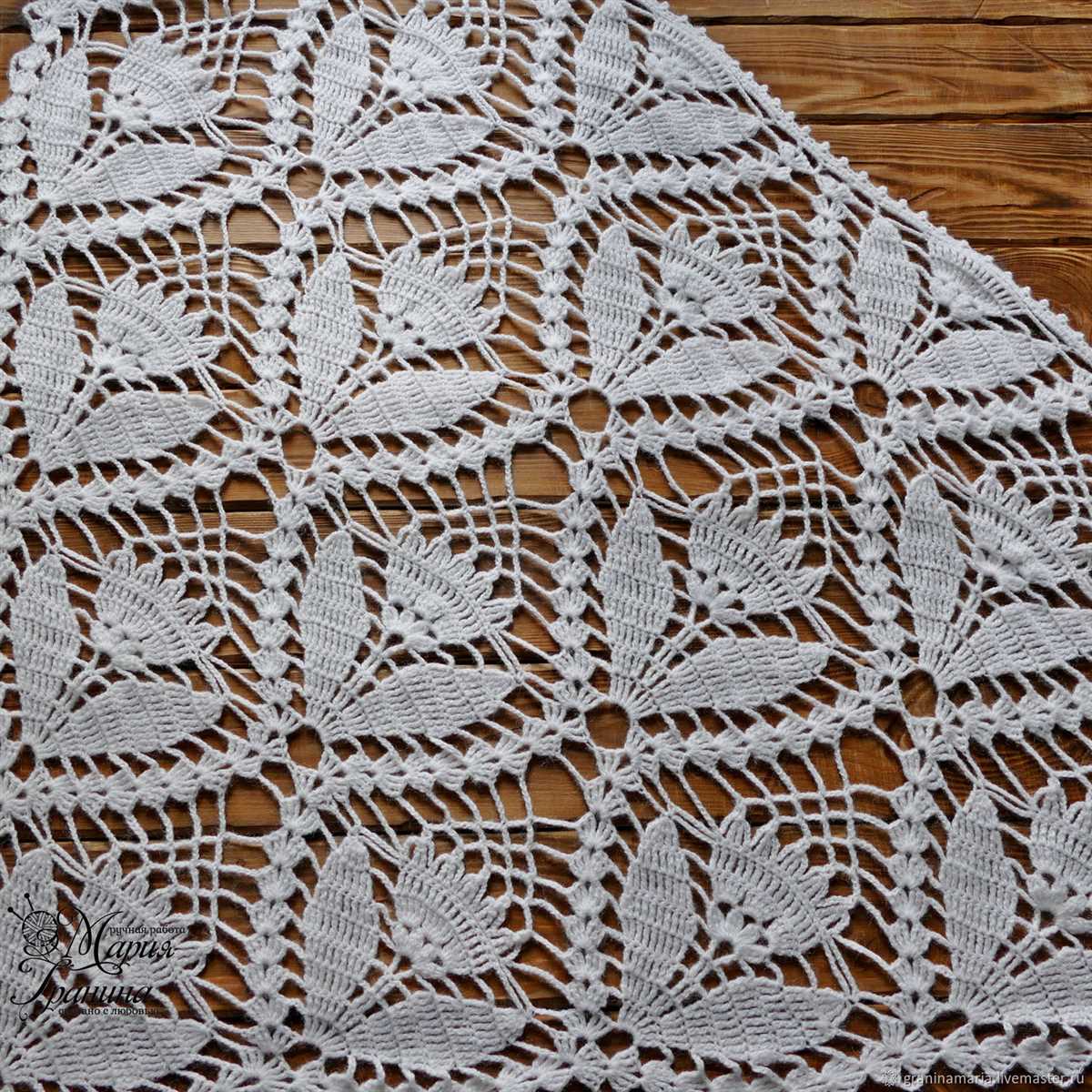
If you’re feeling more adventurous, lace patterns can add a delicate and elegant touch to your shawl. There are countless lace patterns to choose from, but starting with a simple one like the feather and fan stitch is a great option. This pattern involves a combination of knit, purl, yarn over, and knit two together stitches to create a beautiful lace design.
These are just a few simple patterns to help you get started on your shawl edging journey. As you gain more experience, you can experiment with different stitch patterns, colors, and yarns to create unique and stunning shawl designs.
Lace Knitted Edging Patterns for an Elegant Touch
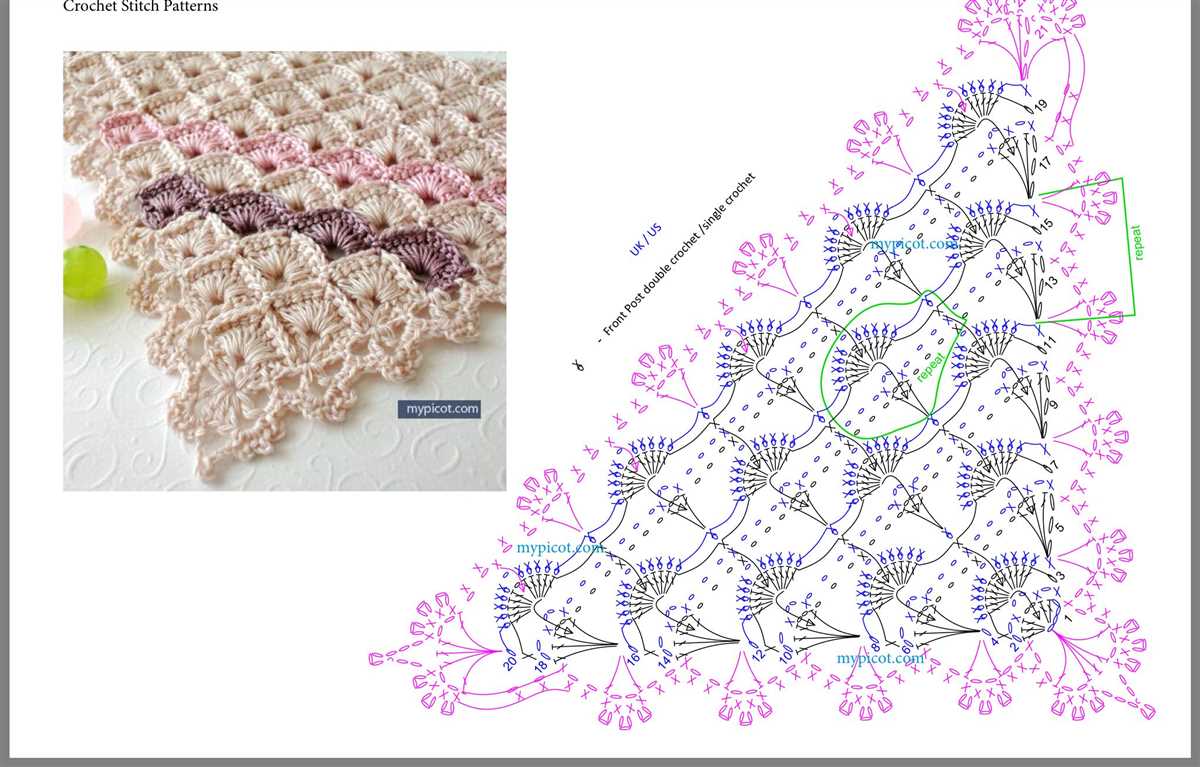
When it comes to adding a touch of elegance to your shawls, lace knitted edging patterns are the perfect choice. Not only do they provide a beautiful and delicate look, but they also add a sense of sophistication to your finished piece. Whether you’re knitting a shawl for a special occasion or simply want to elevate your everyday style, lace edging patterns are a versatile option that can enhance any design.
One popular lace knitted edging pattern is the “Feather and Fan” stitch. This classic pattern features a series of alternating knit and purl stitches that create a fan-like effect. The result is a graceful and airy edging that adds a touch of femininity to any shawl. The Feather and Fan stitch can be worked in a single color or with contrasting colors to create a more eye-catching look.
Another stunning lace edging pattern is the “Leaf Lace” stitch. This intricate pattern resembles delicate leaves and is perfect for adding a natural and organic feel to your shawl. The Leaf Lace stitch is created by combining various increases and decreases to form the shape of leaves. Whether you’re knitting a shawl for a nature-inspired look or want to add some whimsy to your design, the Leaf Lace stitch is an excellent choice.
If you prefer a more geometric and structured look, the “Diamond Lace” stitch might be the perfect option for you. This pattern features a series of interlocking diamonds that create a striking and eye-catching edging. The Diamond Lace stitch can be worked in a single color or with contrasting colors to emphasize the diamond shapes. This pattern is ideal for those who want to add a modern and edgy touch to their shawls.
Overall, lace knitted edging patterns are a fantastic way to add an elegant touch to your shawls. Whether you choose a classic design like the Feather and Fan stitch, an organic pattern like the Leaf Lace stitch, or a geometric pattern like the Diamond Lace stitch, these lace edging patterns will take your shawl to the next level of sophistication.
Delicate and Intricate Patterns for a Sophisticated Look
When it comes to shawls, having a delicate and intricate pattern can elevate your look and add a touch of sophistication. Whether you’re knitting for yourself or as a gift, these patterns are sure to impress.
One popular pattern is the lace edging. This delicate pattern features intricate designs such as flowers, leaves, and geometric shapes. It adds a feminine touch to any shawl and creates a beautiful drape when worn. The lace pattern can be knitted in a single color or with multiple colors to create a more dynamic look.
A more challenging pattern is the cable edging. This pattern involves crossing stitches over each other to create a cable-like effect. The result is a textured and intricate design that adds depth and interest to any shawl. The cable pattern is perfect for those who enjoy a more intricate knitting technique and want to create a unique and eye-catching shawl.
If you’re looking for something truly unique, consider the beaded edging pattern. This pattern involves adding small beads to the knitted fabric, creating a stunning and luxurious look. The beads can be added in a specific pattern or randomly throughout the shawl, adding a touch of sparkle and elegance. The beaded edging pattern is perfect for special occasions or for those who want to make a statement with their shawl.
No matter which pattern you choose, a delicate and intricate design will give your shawl a sophisticated look. Whether you’re looking to dress up a casual outfit or add an extra touch of elegance to a formal dress, these patterns are sure to impress. So grab your knitting needles and get started on creating your own stunning shawl.
Textured knitted edging patterns for added dimension
When it comes to adding depth and dimension to a shawl, textured knitted edging patterns can be a fantastic option. These patterns incorporate various stitches and techniques to create interesting and visually appealing edgings that elevate the overall design of the shawl.
Cable-edged pattern: One popular textured edging pattern is the cable-edged pattern. This pattern incorporates cable stitches in the edging, creating a rich and intricate look. The cables can be simple or complex, depending on the desired effect. The use of cable stitches adds depth and texture to the edges of the shawl, making it more visually appealing.
Lace edging pattern: Lace patterns are another great way to add texture to the edging of a shawl. Lace patterns often consist of delicate openwork stitches that create a lacy, airy effect. These patterns can be simple or intricate, depending on the desired look. The combination of texture and the openwork nature of lace stitches can add an elegant and feminine touch to the shawl.
Ribbed edging pattern: Ribbed patterns are another option for textured edgings. Ribbing involves alternating knit and purl stitches, creating a stretchy and textured fabric. This type of edging pattern is versatile and can work well with various shawl designs. Ribbing can add a visually interesting texture to the edge of the shawl, giving it a more dynamic and three-dimensional look.
In conclusion, textured knitted edging patterns offer an excellent way to add dimension to shawls. Whether using cable stitches, lace patterns, or ribbing, these textured edging patterns can elevate the overall design of the shawl and make it more visually appealing.
Patterns that create interesting textures and visual interest
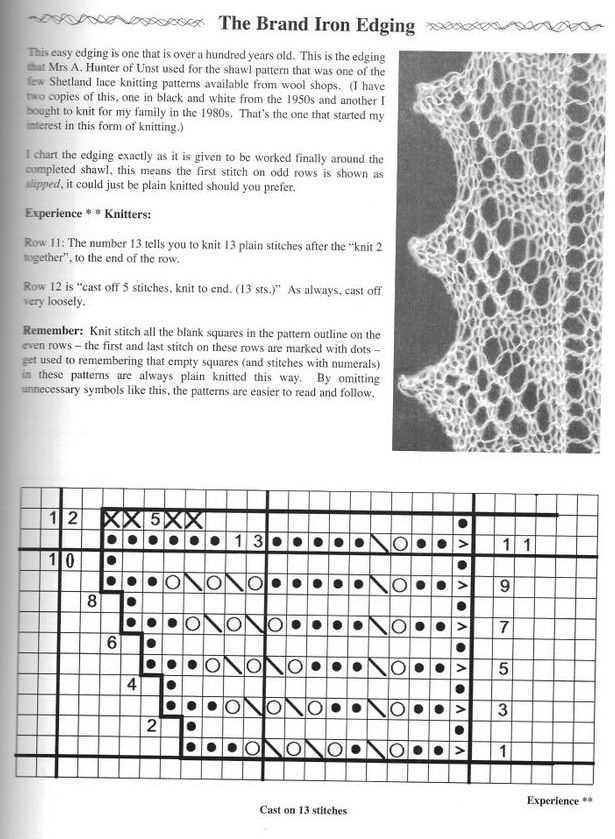
When it comes to knitted edging patterns for shawls, there are numerous options that can create beautiful and eye-catching designs. These patterns often incorporate various stitches and techniques to add texture and visual interest to the shawl.
One popular pattern is the “lace and cable” pattern, which combines delicate lace motifs with intricate cable stitches. This pattern creates a stunning contrast between the open and airy lace sections and the structured and bold cable sections. The combination of these two elements adds depth and dimension to the shawl.
Lace and cable pattern:
- Instructions: Start by working a row of lace stitches, such as yarn overs and decreases, to create an open and lacy section. Then, transition to the cable stitch pattern, which typically involves crossing stitches over each other to form a twisted design. Repeat these two sections until the desired length is reached.
- Visual impact: The lace and cable pattern creates a visually captivating shawl, with the delicacy of the lace contrasting against the boldness of the cable stitches. This pattern is ideal for those who want to showcase their knitting skills and create a unique and impressive piece.
Another popular pattern that adds texture and visual interest to shawls is the “bobbles and bubbles” pattern. This pattern incorporates raised stitches, such as bobbles and puff stitches, to create a three-dimensional effect. By strategically placing these stitches throughout the shawl, you can create a visually dynamic and engaging design.
Bobbles and bubbles pattern:
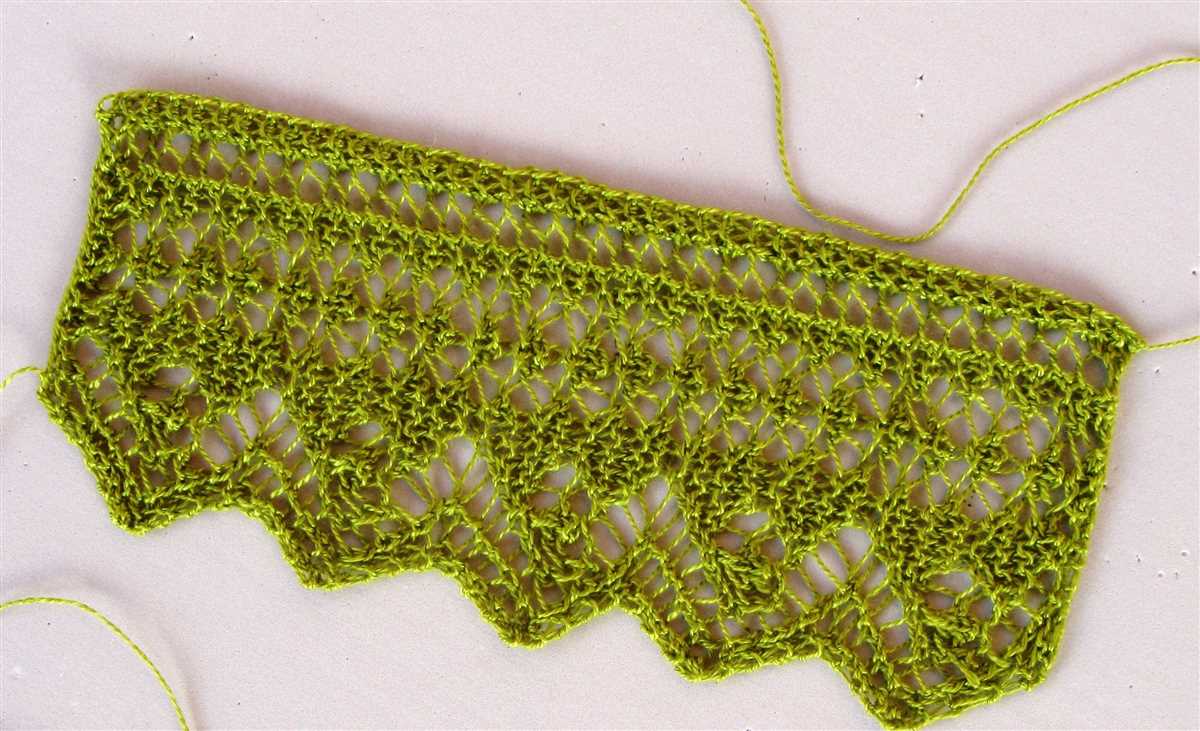
- Instructions: Begin by working a row of regular stitches, such as knit or purl, to create a base for the bobbles and bubbles. Then, work the bobbles by knitting multiple stitches into one stitch and then knitting them together on subsequent rows. To create the bubbles, work a series of yarn overs and purl stitches to create a rounded and raised stitch. Repeat these two sections to create the desired texture.
- Visual impact: The bobbles and bubbles pattern adds a playful and whimsical touch to the shawl. The raised stitches create an interesting texture that catches the eye and adds depth to the overall design. This pattern is ideal for those looking for a unique and fun shawl that is sure to stand out.
Choosing the right edging pattern for the shape of your shawl
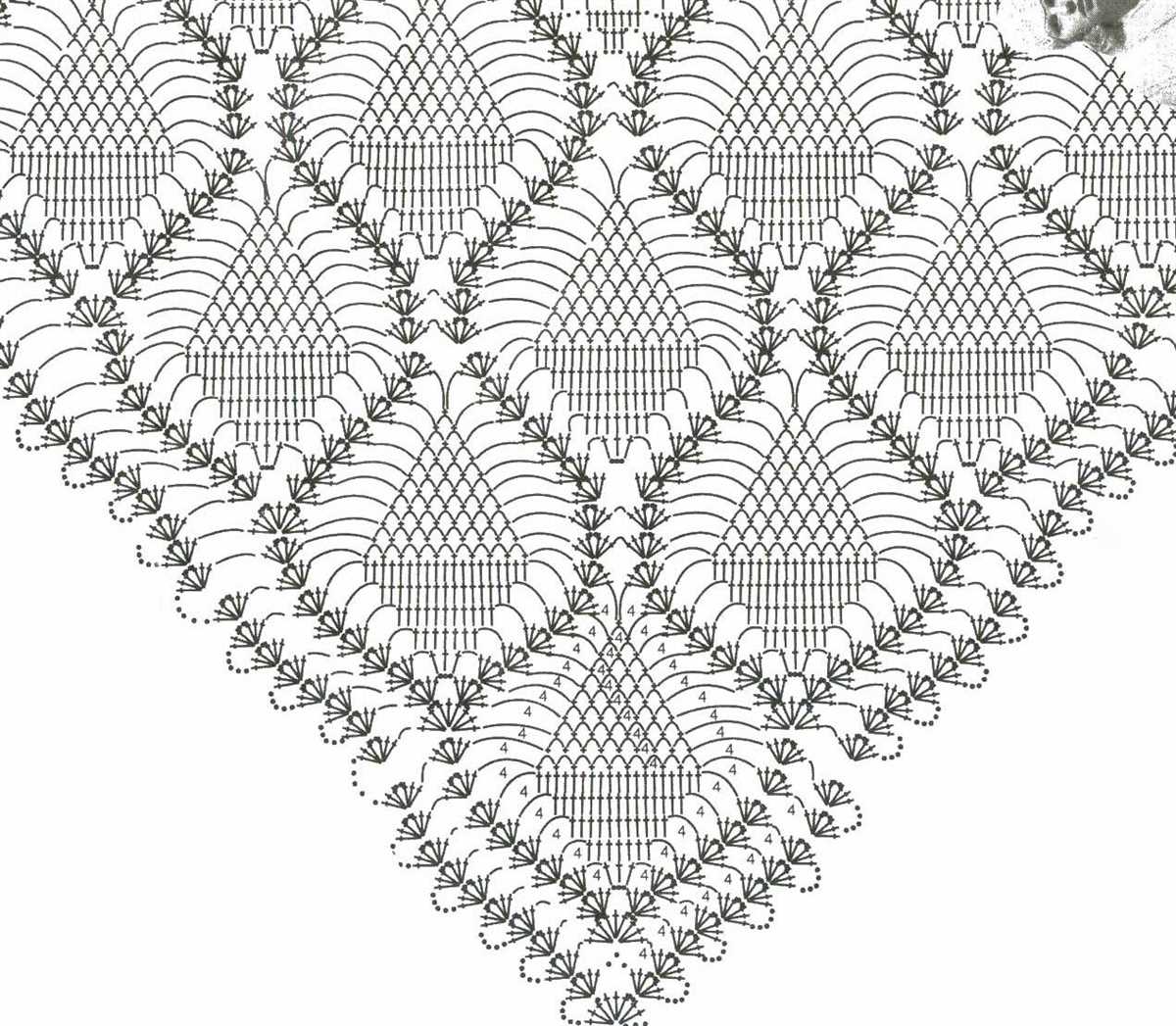
When it comes to choosing the perfect edging pattern for your shawl, it’s important to consider the shape of the shawl itself. Different shapes require different types of edging patterns to enhance their overall design and functionality. Whether your shawl is triangular, rectangular, or crescent-shaped, there are various edging patterns that can complement its shape and add an extra touch of beauty.
Triangular shawls: Triangular shawls are one of the most popular shapes in knitting, and they offer a great canvas for showcasing intricate edging patterns. For triangular shawls, you can choose from a variety of options such as picot bind-offs, lace patterns, or even a simple garter stitch edging. These patterns help accentuate the triangular shape and add a delicate touch to the overall design of the shawl.
Rectangular shawls: Rectangular shawls are known for their versatility and the ability to drape beautifully over the shoulders. When it comes to edging patterns for rectangular shawls, you can opt for a classic garter stitch edge, a ribbed pattern, or even a delicate lace border. Depending on the desired look and feel, these edging patterns can enhance the shape of the shawl, providing a polished and elegant finish.
Crescent-shaped shawls: Crescent-shaped shawls have a unique curved edge, which requires a specific type of edging pattern. Here, you can choose from patterns such as picot tips, a scalloped border, or even a decorative crochet edge. These edging patterns work harmoniously with the crescent shape, adding a touch of femininity and charm to the shawl.
In conclusion, choosing the right edging pattern for the shape of your shawl is essential to create a cohesive and stunning finished piece. Consider the shape of your shawl and the overall look you want to achieve when selecting an edging pattern. Whether it’s a triangular, rectangular, or crescent-shaped shawl, there are numerous options available to enhance its beauty and make it a true statement piece.
Considerations for different shawl shapes and how it affects the edging pattern
When designing or choosing an edging pattern for a shawl, it is important to consider the shape of the shawl itself. Different shawl shapes will require different edging patterns in order to complement the overall design. For example, a triangular shawl will have different requirements compared to a rectangular or crescent-shaped shawl.
Triangular shawls: Triangular shawls have a distinct point at the center and require edging patterns that can be easily worked along the straight edges. Common edging patterns for triangular shawls include simple lace motifs, picots, and garter stitch borders. These patterns can be worked along the top edge and sides of the triangle to create a decorative border that enhances the geometric shape.
Rectangular shawls: Rectangular shawls offer more surface area to work with, allowing for more intricate and complex edging patterns. Lace motifs, cables, and even colorwork can be incorporated into the edging pattern to create a stunning visual effect. Additionally, rectangular shawls may also feature a wider border along the top and bottom edges, which can be worked separately or in combination with the main body of the shawl.
Crescent-shaped shawls: Crescent-shaped shawls typically have a curved top edge and tapered ends, which can pose a challenge when it comes to selecting an appropriate edging pattern. Lace motifs that follow the curvature of the shawl can create a beautiful effect, while garter stitch borders can provide structure and stability. Additionally, incorporating short rows or increases/decreases into the edging pattern can help to create the desired shape and drape of the shawl.
In conclusion, the shape of a shawl plays a crucial role in determining the most suitable edging pattern. Triangular shawls may benefit from simple lace motifs and picots, while rectangular shawls offer more opportunities for intricate designs. Crescent-shaped shawls require careful consideration of the curved edge, and incorporating short rows or increases/decreases can help achieve the desired shape. By taking into account the shape of the shawl, the edging pattern can enhance and complement the overall design, resulting in a stunning finished garment.
Customizing your shawl edging pattern
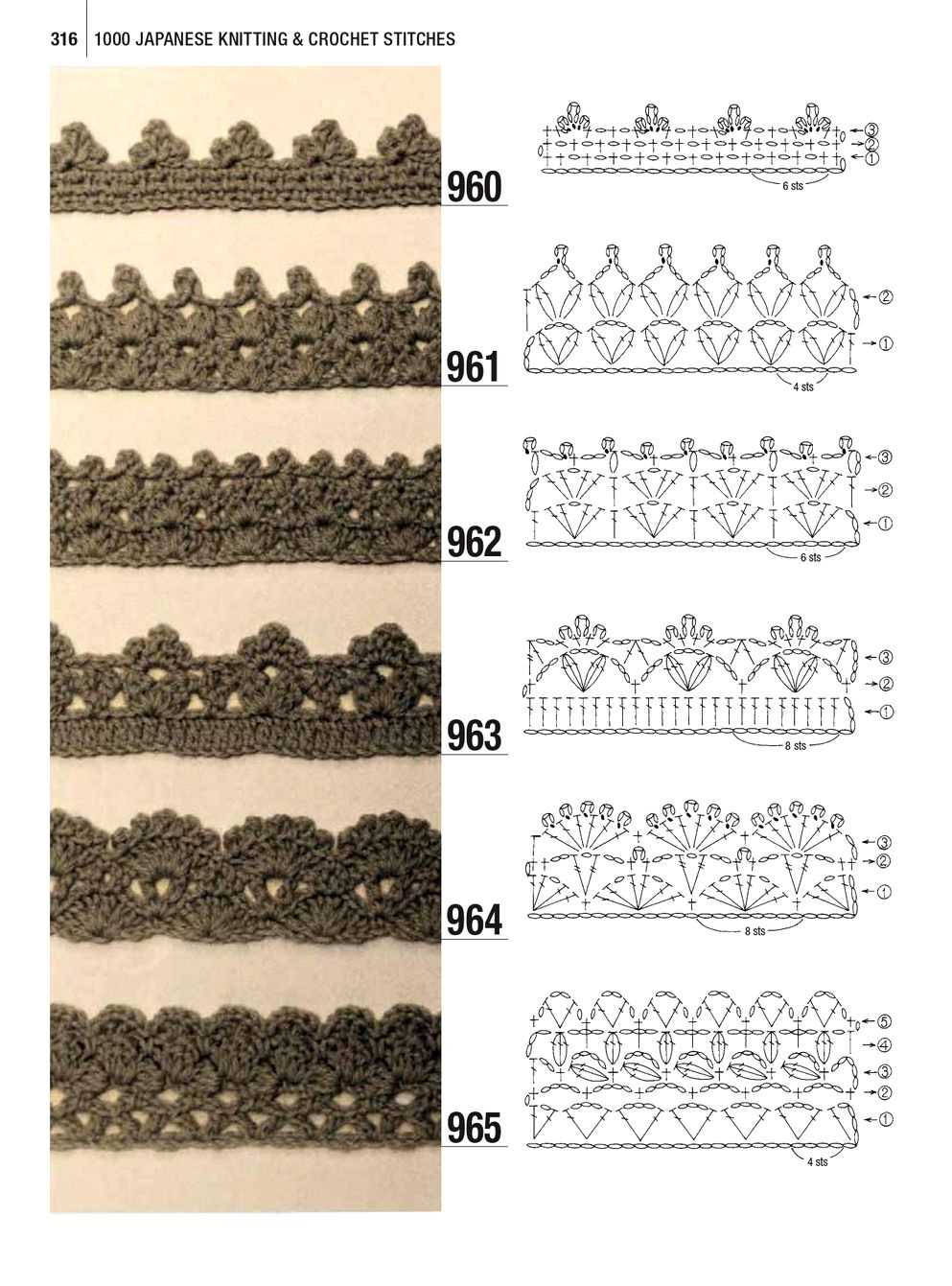
When knitting a shawl, the edging pattern can make a big difference in the overall look and feel of the finished piece. Customizing your shawl edging pattern allows you to add your own personal touch and make the design truly unique.
1. Choosing the right stitch pattern: There are countless options when it comes to choosing a stitch pattern for your shawl edging. Whether you prefer a lacy look, a textured pattern, or a combination of stitches, consider the overall style and design of your shawl to find a stitch pattern that complements it.
2. Modifying the stitch count: Once you have chosen a stitch pattern, you can customize it further by modifying the stitch count. Depending on your preference, you can make the edging wider or narrower by adding or subtracting stitches. Keep in mind that modifying the stitch count may affect the overall shape and size of your shawl, so it’s important to take that into consideration.
3. Adding decorative elements: To make your shawl edging truly unique, consider adding decorative elements such as beads or picots. These small details can add a touch of elegance and elevate the overall design. Beads can be added by placing them on the stitch before knitting it, while picots can be created by casting on a small number of stitches and then immediately binding them off, creating a small loop.
4. Experimenting with color: Another way to customize your shawl edging pattern is by experimenting with color. You can use different yarn colors for different sections of the edging or incorporate colorwork techniques such as stripes or color blocking. This can create visual interest and showcase your creativity.
5. Adding your own design elements: If you’re feeling especially creative, you can even add your own design elements to the shawl edging pattern. This could include incorporating motifs, initials, or other personalized details. This allows you to truly make the shawl your own and add a special touch.
By customizing your shawl edging pattern, you can create a unique and personalized piece that reflects your style and creativity. Don’t be afraid to experiment and try out different techniques to make your shawl truly one-of-a-kind!
Adding your personal touch with modifications and variations
Once you have mastered the basic knitted edging patterns for shawls, you can start adding your own personal touch by making modifications and variations. This allows you to create unique and customized designs that truly reflect your style.
Here are some ideas to get you started:
1. Changing the stitch pattern
Instead of sticking to the traditional stitch patterns, experiment with different stitch patterns to give your shawl a different look. You can try lace, cables, or even colorwork to add some texture and visual interest.
2. Adjusting the size
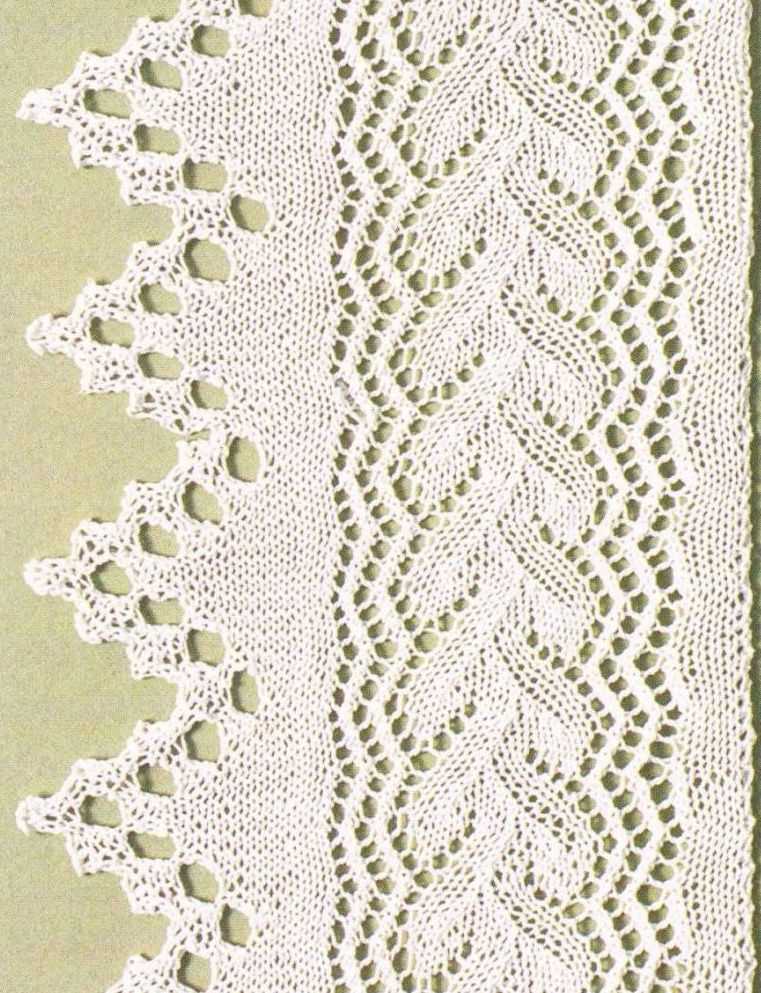
If you want a smaller or larger shawl, you can easily adjust the size by adding or subtracting stitches and rows. This allows you to create a shawl that fits your needs and preferences perfectly.
3. Adding beading
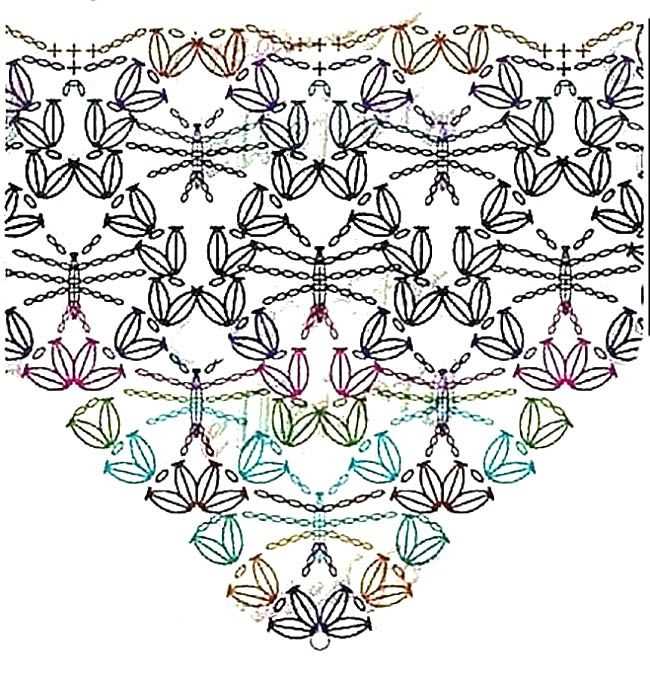
For a touch of elegance and glamour, consider adding beads to your knitted edging. You can either pre-string the beads and knit them into your project or add them to individual stitches using a crochet hook.
4. Combining different edging patterns
Why stick to just one edging pattern when you can combine multiple patterns to create a unique and eye-catching design? Experiment with different combinations and see what works best for your shawl.
5. Playing with color
Don’t be afraid to play with color! You can use different colors for the main body and the edging to create contrasting or complementary effects. Experiment with different color combinations to find the one that speaks to you.
Summary
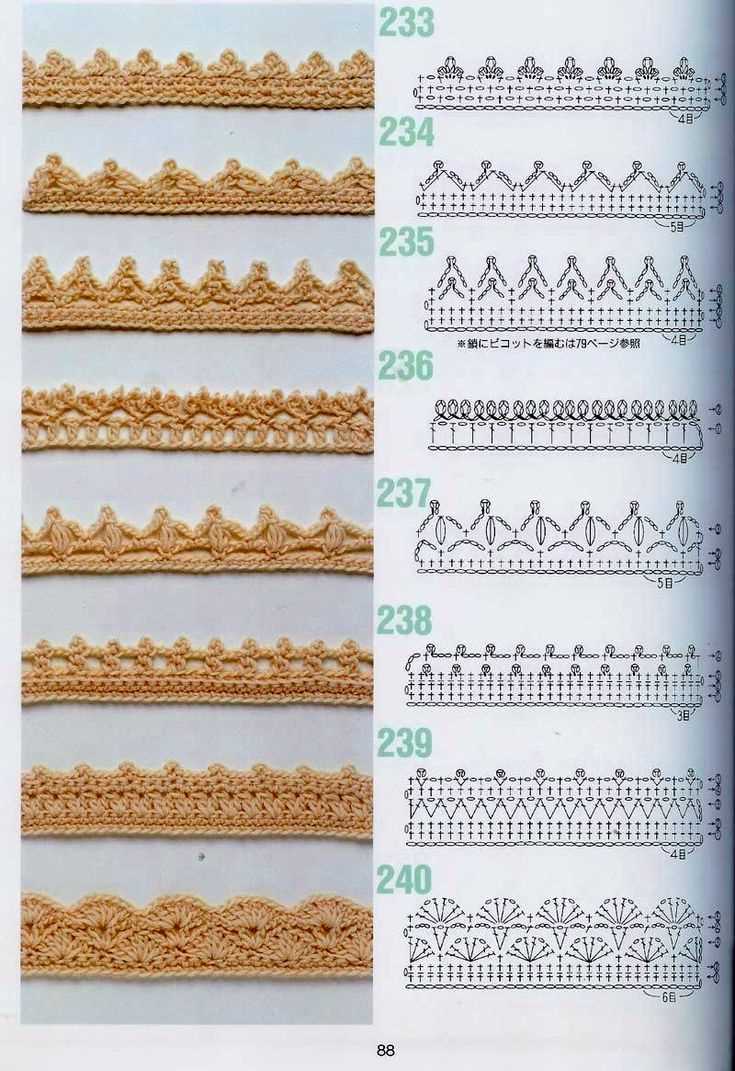
By making modifications and variations to the basic knitted edging patterns, you can add your personal touch and create shawls that are uniquely yours. Whether it’s changing the stitch pattern, adjusting the size, adding beading, combining different edging patterns, or playing with color, the options are endless. So let your creativity flow and make your shawls truly one-of-a-kind.